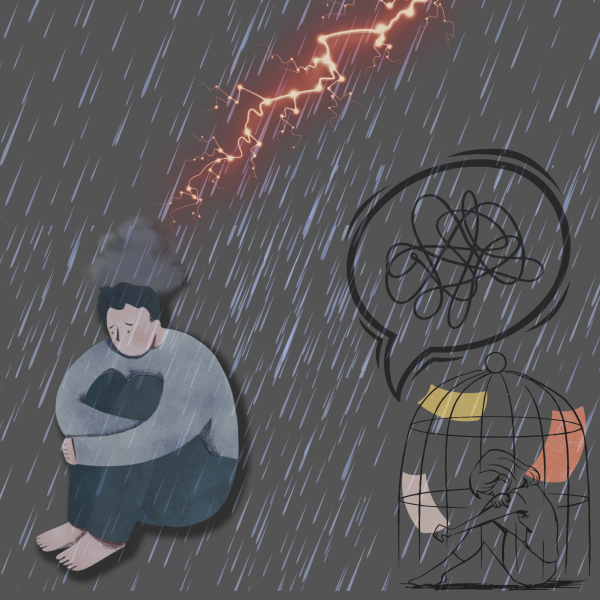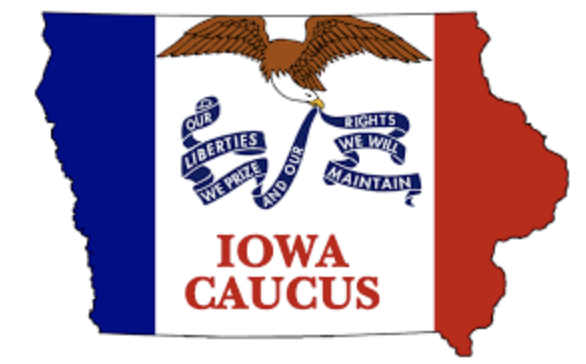Why does paying for college start before your first day?

I was sitting at the dining room table one night filling out what seemed like endless college applications, financial aid applications, honors college applications—endless apps. At this point, it was a familiar routine and one that I had become accustomed to during the first few months of my senior year of high school. Fill out this financial aid thing here. Apply here. Send my SAT scores there and there. Tell us why you chose your major in the box below. Indicate your activities above.
Here’s what I didn’t know before starting the college application process; every click means cash flow out of your pocket (or, rather your parents’) and into the hands of universities. The College Board is one of the bigger culprits; you pay money to take the SAT’s, but you also pay money to send those scores to colleges. They’re like that friend you see begrudgingly once, twice, maybe three times a year. They only show up just to borrow some quick bucks, and then it’s see you until next time, or whenever they need more cash.
College tuition in the nation’s top 50 private universities, ranked by U.S. News and World Report have raised their tuition up an average of 3.6% with some up 4% for the 2017-2018 school year. It’s true that college tuition rises with the rate of inflation, but this year’s increase is higher than the rate of inflation.
But that’s just tuition.
You start paying for college even before you start your first day, even before you get accepted into a single school.
The most common application fee for a university or college in the United States is $50 (many colleges that I applied to were in the $70-$90 range). The cost of one SAT exam is $45, and that’s not including the fees paid for countless hours of tutoring months before in preparation. Many colleges ask that you now fill out the CSS Profile, an online application by the College Board that looks at financial aid awards from outside the federal government and then sends it to your colleges. These reports cost $25 for the first time you send one out to a college, and $16 each additional time. Some students have a college “coach” who advises them on what to write college essays about, the best schools to apply to, etc. It’s estimated that all these costs add up to a minimum of $678, but it’s just that—a minimum. Many students pay even more than that—thousands more than that.
Why, on top of burgeoning college tuition costs, are we burdening American students with even more costs, many of them unnecessary and exploitative? Every little penny and dollar adds up into a conglomerate mass that is the cost of getting accepted into and attending college. There is no way to evade these petty fees, so unless you have a fee waiver, many are stuck with the reality of having to dish out at least a hundred bucks every time an application is submitted.
It’s ludicrous to ask this of our students and put even more financial burden on them when considering the rising exorbitant cost of attending college. Some fees can be averted and side-stepped, but for the student who is adamant in being accepted into their number one, especially if that institution has a notorious reputation of low acceptances, these things add up.
In today’s highly competitive college acceptance environment, students will often do anything to get ahead, but it comes at a steep price that can influence our decisions from every angle.










